Swing trading is a method aimed at capturing the market's 'every move'.
This process is completed by fully exiting the trade before the market’s contrary movement comes.
For example, if you buy at a support level, you want to exit before a resistance level forms, as the selling pressure above may eat into your profits.
Here’s an example:
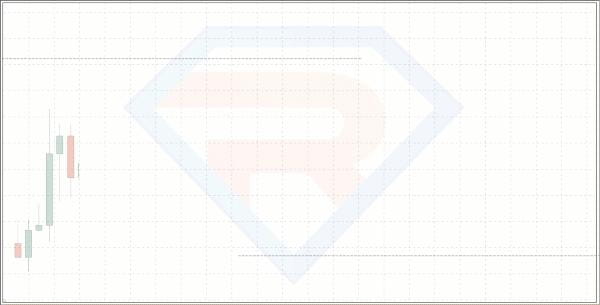
Swing trading can be applied in most time frames, but generally, it is more suitable in 1-hour or higher time frames.
Let me share a few tips about swing trading that I hope will help your trading.
#1: Best market conditions for swing traders
As a swing trader, you need to assess the market conditions that may favor you. Ideal markets meet two conditions:
Good trend
Weak trend
Good trend
When the market follows the 50-period moving average and stays above it, it can be said that the market is in a good trend.
But why is a good trend suitable for swing trading?
Firstly, you trade with the trend, which increases your win rate. Next, you can easily identify the market's 'ebb and flow' (prices rise, then pull back, then rise again...)
Thus, as a swing trader, you want to buy when the market pulls back to the 50-period moving average and sell before reaching the previous swing high.
Additionally, the distance from the 50-period moving average to the swing high is your potential profit, which is usually a 1:1 risk-reward ratio or even higher.
Let’s look at the example below:
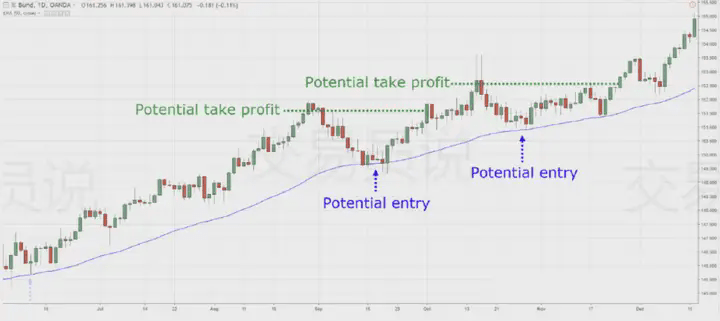
Weak trend
Now, another market condition that is very suitable for swing traders is a weak trend.
In this market condition, the market is still in a bullish trend, but the pullbacks are much larger and tend to follow the 200-period moving average or support.
See the example below:
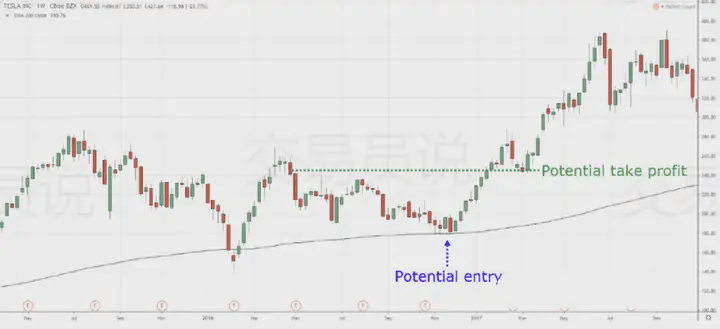
Now, the method for trading weak trends is the same as for strong trends — you want to buy in a value area after a month and sell before reverse pressure intervenes.
#2: Don’t stray far from value areas, trade nearby
As mentioned above, strong and weak trends are the best times for swing trading. However, just because the market is in an uptrend doesn’t mean you should mindlessly enter the market.
Why?
Because you don’t have a reasonable position to set your stop loss.
Take a look at the example in the chart below:

The chart above shows the market in a good uptrend and close to swing highs.
If you enter now, where would you place your stop loss? You would realize that there’s no reasonable place to set a stop loss until it’s at least below the 50-period moving average.
Of course, if you have to do it this way, this trade will provide you with a poor risk-reward ratio.
This is what I mean...
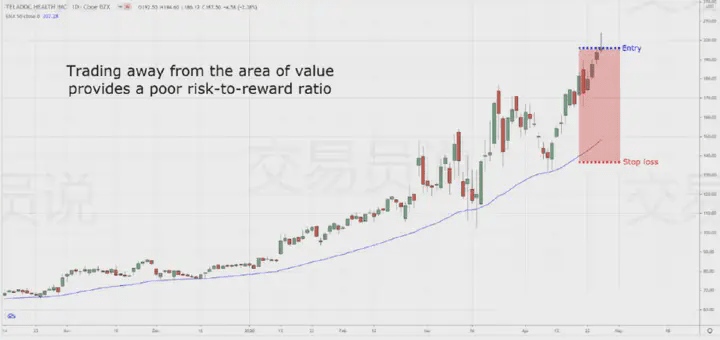
So, what are some good solutions?
It's actually quite simple — trade near value areas, don’t stray far from it.
So if your value area is at the 50-period moving average, let the price get closer to it before establishing a long position.
Expert Tip: Your value area can be support/resistance levels, trend lines, channels, etc., this concept still applies.
#3: Price Rejection is Entry Timing
Once the price enters a valuable area, what’s the next step?
You want to look for Price Rejection — it indicates that bulls are temporarily in control (and may push prices higher).
On the chart, price rejection can appear in the form of reversal candlestick patterns, such as hammers, shooting stars, engulfing patterns, etc.
But the key is that the price needs to 'quickly leave' the value area.
Here’s another example:
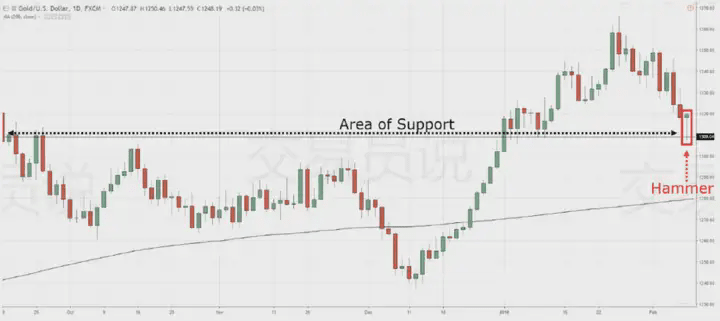
Have you noticed how quickly prices leave the value area? Candlestick patterns are not the only way to identify price rejection, as it can also appear as shown below:
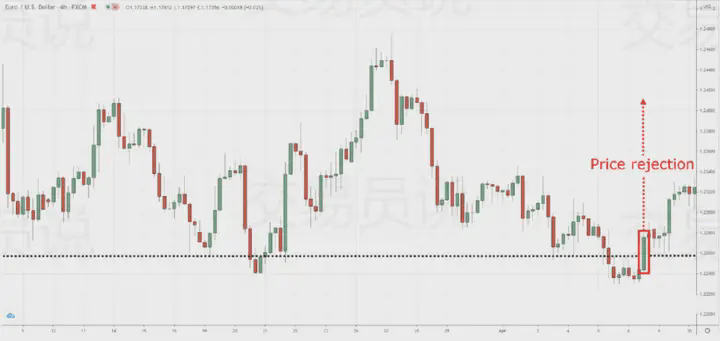
Remember, the key in the chart is the price 'quickly leaving' the value area, not the candlestick patterns. Reversal candlestick patterns can help you define price rejection, but they are not the only way.
Expert Tip: Not all swing trading strategies require 'confirmation' or rely on price rejection to determine your entry timing.
#4: How to Avoid Exiting with Early Stop Loss
How should you handle:
Waiting for ideal market conditions
Trading in value areas
Waiting for effective entry signal to trigger
However, if you set your stop loss at a lower level, you will exit with an early stop loss (even before the market has a chance to move in your favor). So don’t set stop losses based on some random level.
Instead, utilizing value areas will greatly benefit you, and set stop losses above that area.
This way, the market must 'make every effort' to reach your stop loss, giving your trade more breathing room and better exercise opportunities.
For long-term trades, here's how to do it:
1. Determine the current Average True Range (ATR) value 2. Identify the lowest price in your value area 3. Take the lowest price and subtract the current ATR value — this is your stop loss level
See the example below:
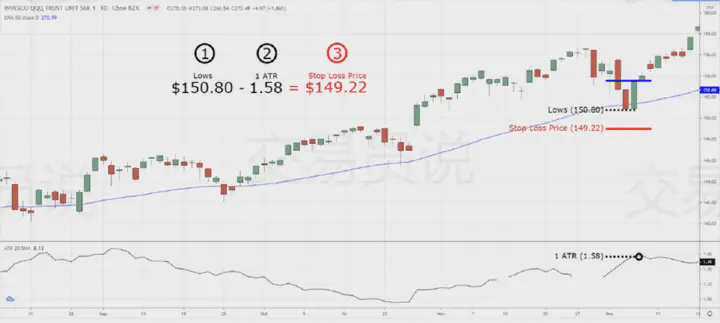
This concept can be applied in any value area, such as support/resistance, trend lines, and channels.
#5: Set a suitable target and take profits
Every time I hear traders comment, I can't help but laugh: 'If you want to be a profitable trader, you must have at least a 1:2 risk-reward ratio.'
Now let me ask you: What is so special about a 1:2 risk-reward ratio? Why not 1:10? Or even 1:100?
So this is the truth...
The market doesn't care about your risk-reward ratio — it will go where it wants to go.
The only thing you can do is observe what the market has done before and use that as a clue that it might do the same in the future.
For example:
If the market previously collapsed at the $100 price, then the next time it approaches $100, there may be selling pressure at that level.
As a swing trader, you don’t want to set your targets at $105, $100, or $110, as these levels may not be reached due to selling pressure.
Instead, you want to exit the trade before $100 (around $99), before the reverse pressure intervenes.
This means if you are going long, you need to exit at the following times:
Swing High
Resistance Level
Downtrend Line
(Day trading is the opposite)
This is an example of exiting the trade before reaching several resistance levels:
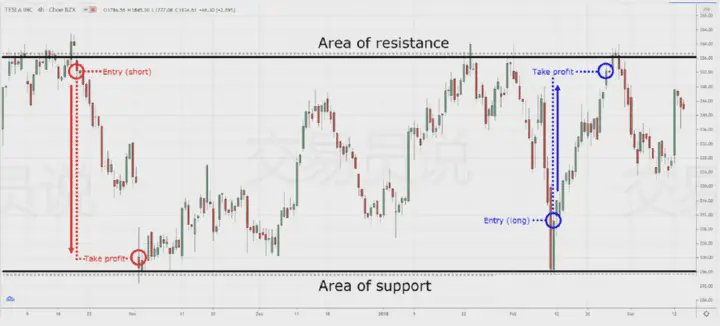
From the above chart, do you think it makes sense?
Extra Tip #1: Take half off the table, let half ride with the trend
As a swing trader, you often have to give up the chance to catch the trend. But what if I told you there’s a way to capture volatility and trade with the trend?
Let me introduce you to a method: Scale half, ride half
This is the logic behind it...
You exit half your position before reverse pressure intervenes. For the remaining half, you can use a trailing stop to ride the trend.
The chart below is an example:
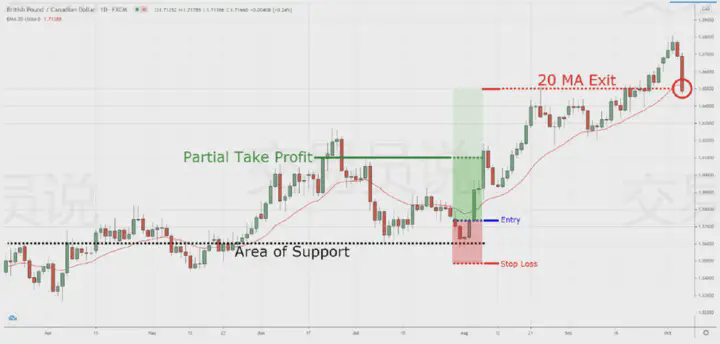
The benefit of this approach is that you can capture price movements for corresponding profits while also being able to ride the trend for additional profits.
However, if the trend hasn’t materialized yet, the price may return to your entry point, or worse, trigger your stop loss.
Extra Tip #2: Understand the characteristics of the currency pairs you trade
Not all currency pairs are created equal. Some exhibit trending behavior, while others show mean-reversion behavior.
Now you might be wondering: 'How do I know if a currency pair has trending or mean-reversion behavior?'
You can run backtests to find out the outcomes for any currency pair...
1. If the price breaks above the previous day's high, go long 2. If the price falls below the previous day's low, exit long positions and go short 3. If the price breaks above the previous day's high, exit short positions and go long
Clearly, when you run this 'trend following' backtest, currency pairs with trending behavior should be profitable over the long term.
Additionally, currency pairs with mean-reversion behavior should lose money over the long term.
Trending currency pairs
For currency pairs with trending behavior, as the market continues in the direction of the breakout, this backtest will yield positive results.
Here’s an example with GBP/JPY:
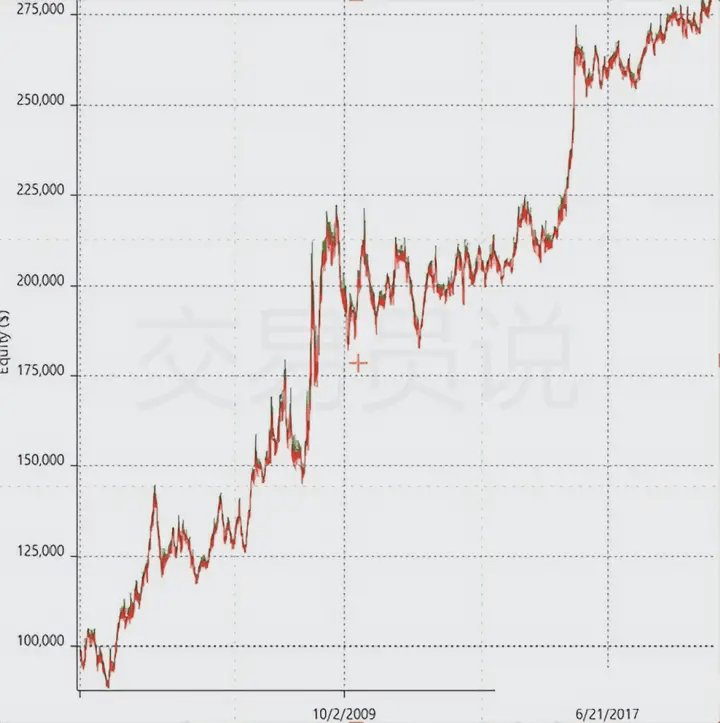
Mean-reversion currency pairs
For currency pairs with mean-reversion behavior, this backtest will yield negative results, as there is a lack of trend-following behavior whenever prices break the previous day's highs/lows.
Here’s an illustration with AUD/CAD:
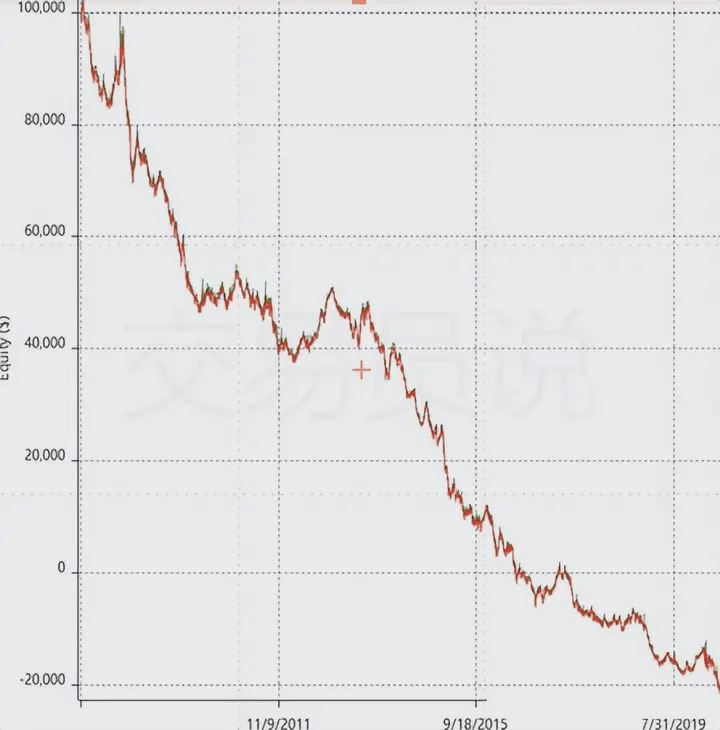
The question arises: 'How do you benefit from this knowledge?'
It's simple. If you know which currency pairs have mean-reversion behavior, you can use this 'natural behavior' to determine your entry and exit timing.
For example:
You know that AUD/CAD tends to reverse at the previous day's highs/lows.
Therefore, if you are going long, you can exit the trade at the previous day's high (since that currency pair often reverses at the previous day's high).
Or, if you want to short AUD/CAD, the previous day's high is a possible consideration level since it often reverses at the previous day's high.
Conclusion
So, here are the swing trading tips you learned:
The best market conditions for swing trading are in healthy trends and weak trends
Trading near value areas so you can buy low and sell high (don’t stray far from it to trade)
You can use candlestick reversal patterns, such as hammers, engulfing patterns, etc., to determine your entry timing
Set your stop loss at a distance of 1 ATR from the value area, so your trade has more breathing room and avoids early stop loss exits
You can set profit targets before direction pressure intervenes (if you are going long, you can exit before resistance levels, swing highs, etc.)
You can exit half your position before reverse pressure intervenes and use a trailing stop on the remaining position to ride the trend
For mean-reversion currency pairs like AUD/CAD, you might consider exiting for profit at the previous day’s high/low
Opportunity knocks, assets double! Follow Biao Ge and make big money easily
Stay tuned: PROVE, TOWNS